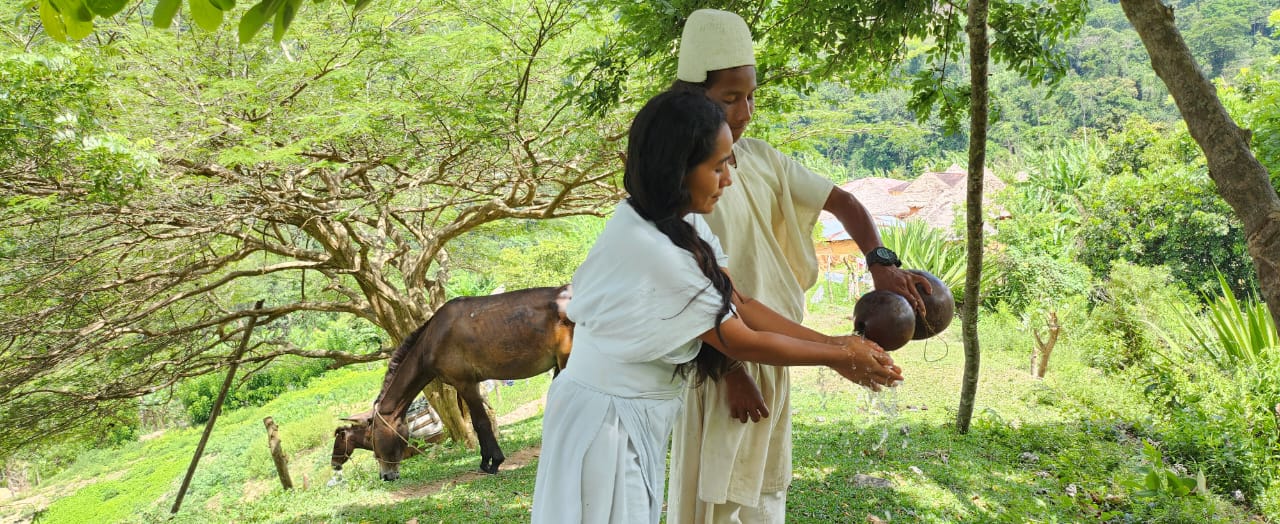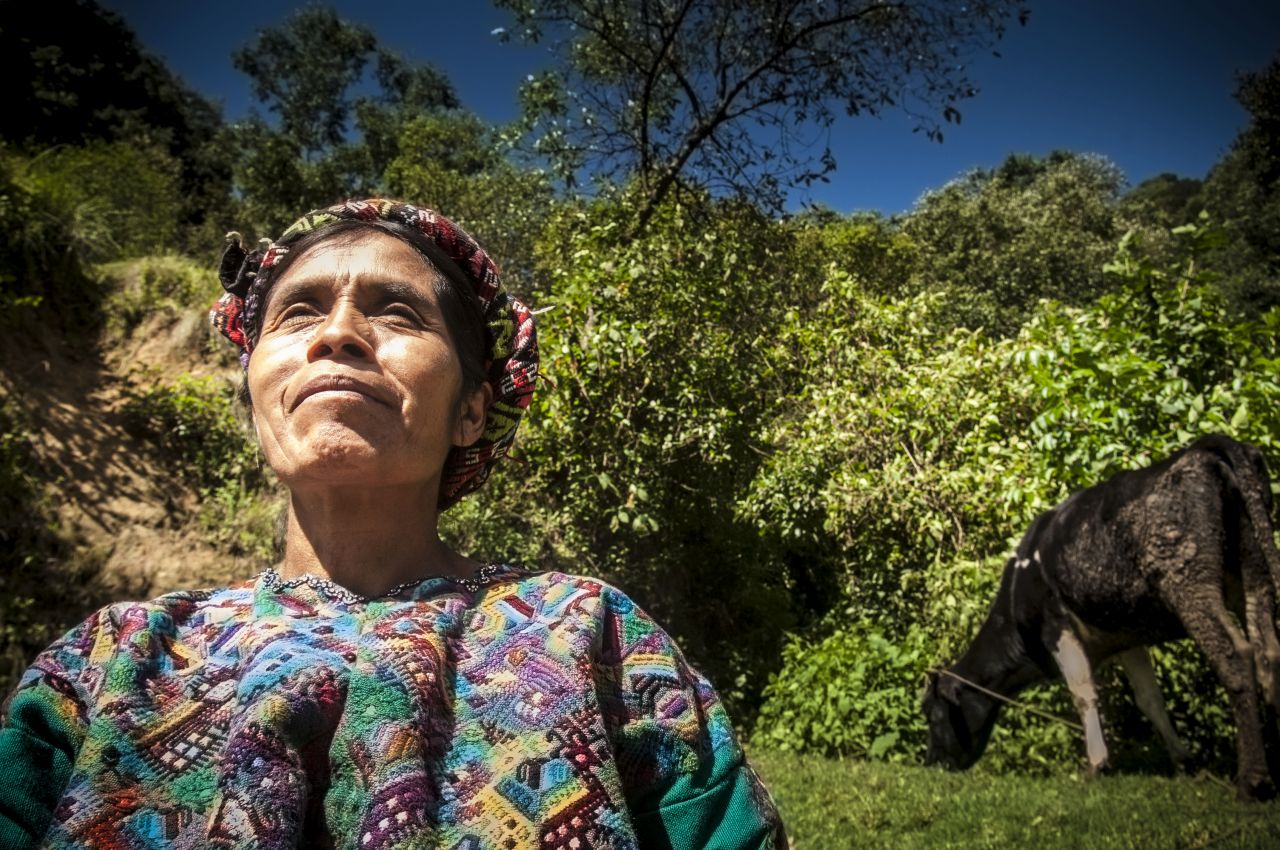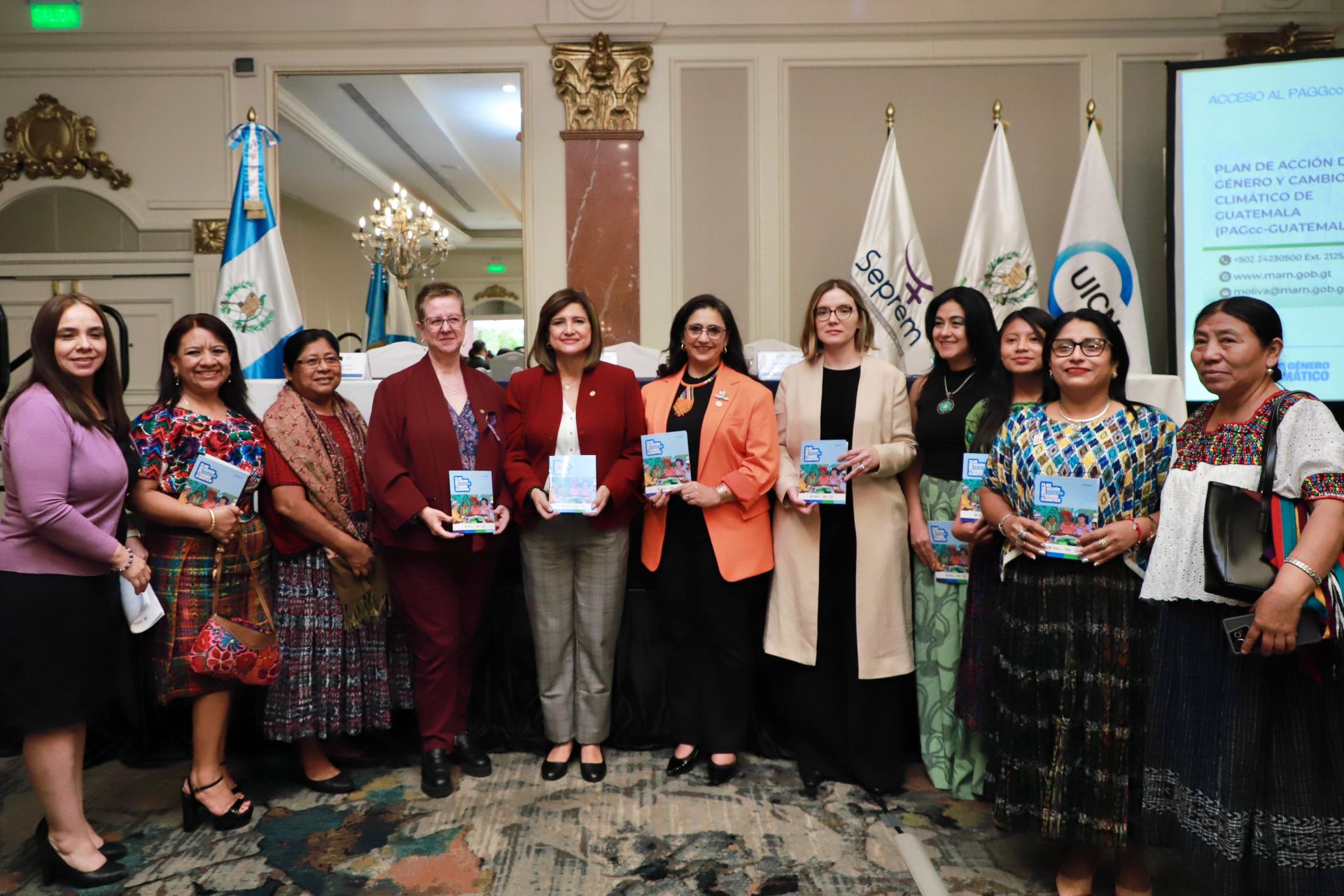Towards a systematic approach: Women, climate change and mobility
Cristina Dragomir, Clinical Assistant Professor, New York University
In the current climate crisis women and girls are often described as perpetual victims and/or leaders of addressing emerging issues. While this approach is important in addressing gendered inequalities in the era of climate disasters, it is also problematic. This article envisions the creation of a systematic, politically engaged, economically informed, gender driven approach.

Over the past decade, women and girls have often been described as carrying the brunt of looming disasters that climate change brings to their communities. Women’s position in the current climate crisis oscillates (at times in the same breath) between being described as perpetual victims and leaders of addressing emerging issues. “Often, women and girls are the last to eat or be rescued; they face greater health and safety risks as water and sanitation systems become compromised; and they take on increased domestic and care work as resources dwindle,” (UN Women) is the typical cry for help from international organizations. When women and girls are displaced and forced to move “they are criminalized and silenced. They are threatened and stigmatized. They are at additional risk of gender-based violence. And many are even killed.” (Bachelet, UNHCHR, 2022) Furthermore, the role of particular women as leaders in addressing emerging environmental issues has been applauded: “Displaced Women Tackling the Impacts of Climate Change; Costa Rican and asylum-seeking women come together to save cacao plantation” (UNHCR, 2022)
It is clear that we need to acknowledge that “the global threat of climate change and environmental degradation is poised to exacerbate the already increasing number of complex emergencies, which disproportionately affect women and girls. There is therefore an urgent need for better analysis and concrete, immediate actions to address the linkages between climate change and conflict from a gender perspective.” (Secretary-General Guterres, 2019) However, the current standard approach of praising, lamenting and victimizing women and girls is often individualistic, limited and precarious. It is individualistic because while it speaks about “women” and “girls” as categories, it refers to individual people facing specific situations, failing to emphasize their gendered connection. It is limited, because women are showcased as individuals belonging to the “other” part of the world. Thus, women are often presented as coming from the Global South, and their presence is habitually racialized. It is precarious, as it allows for the dismissal of the issues, undermining their global salience and urgency. This standard approach is of course an important step in bringing these issues to the forefront. Empowering those who are often caught at the intersection of gender, mobility, climate change, and other forms of marginalization to be seen in these stories, makes our attention perk, and hopefully emboldens our actions. But what is still currently lacking is a systematic politically engaged, economically informed, gender driven approach.
While, in some circumstances there is an acknowledgement that “gender norms and power structures play a critical role,” (UN Women), too often this remains at the proclamation level of introductory statements. Research and policies typically continue taking similar patterns, which speak the same bureaucratic language incomprehensible (and uninteresting) to most, meant to mainly fulfill the institutional task at hand. As long as this paradigm will continue to be the most generative of approaches and solutions, we will see no impactful and meaningful change on the ground. Addressing the intersection of gender, climate change and mobility forces us to think beyond the limits that have been practiced for too long.
Thus, to address the pressing present and future issues, we need a systematic approach. One that refers to gender in a comprehensive way, inclusive not only of women and girls, but also of non-binary, trans-people, as well as of men. This approach would bring into view that these matters impact us all, and not only some of us, allowing the envisioning a unified approach. The approach has to be mindful of economic and developmental matters - having in mind structural and historical differences, which are crucial in creating targeted approaches with local impact reverberating globally. We need to bring to the table economic actors, of all levels. It is time to fully accept that global economic actors have become forceful players in shaping the course of climatic events. Market participants need to be partners at the (open) discussion table, while we involve them in creating standards for their full engagement, and design rules assigning their public responsibility. Finally, we need to engage in transnational politics. Specifically, the international organizations we created have been proven successful in addressing some issues, but they need to be reconfigured to include systematic gendered approaches to address intersecting issues of mobility and climate change.



